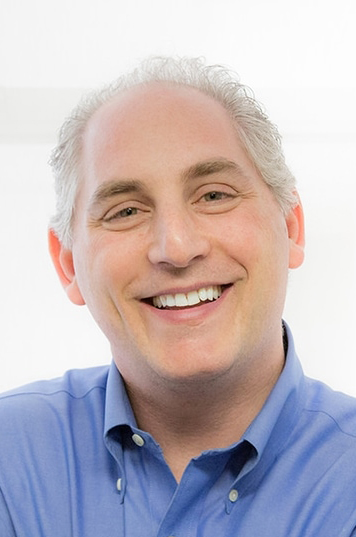Once upon a time, house calls were standard medical care from doctors. Trusted family practitioners traveled from one individual patient or household to the next. Slowly, the burden of time shifted from doctor to patient. Technology evolved and transportation became increasingly accessible. Patients started taking themselves to the doctor’s office, spending on average, two hours a visit between travel, wait time and care.
Adoption and Growth of Health Technology
The digital era ushered healthcare back into our homes with on-demand health information from websites like WebMD and the subsequent self-diagnosis movement. As a result, we’ve become accustomed to 24/7 access to information, health resources, and even medical records in our pockets and on our wrists. We tap symptoms into our iPhones immediately upon experiencing them, parsing Google results for relevant, reliable, and timely health information. WebMD’s Symptom Checker offers limitless opportunities to identify potential conditions. Patient portals like MyChart enable patients to access personal medical records from our phones. We can use our Apple watches to self-administer an EKG. The breakneck adoption of health apps, wearable health trackers, and doctor-on-demand telemedicine lays bare a paradigm shift in healthcare, placing agency in the hands of the individual consumer in a way that was unimaginable 20 short years ago, and have helped improve wellness and care.
The Explosion of Voice Technology
Our interaction with doctors, hospitals and healthcare in general, until recently, did not include asking medical questions to a smart speaker device that responded with care options and inspired potential health applications. Voice assistants, like Amazon’s Alexa, Microsoft’s Cortana, and the Google Echo, have become one of the fastest growing consumer technologies of all time. In the past 12 months alone, the voice speaker market has doubled, with around 41% of U.S. consumers owning a voice-activated speaker, up from just 21% in 2017 and anticipated to reach 55% of U.S. households by 2022. By 2020, half of all internet searches will be voice-based, according to ComScore.
Voice Technology’s Application in Healthcare
As consumers, our busy and multi-dimensional lives demand technology and tools that understand our whole person—our motivators and behaviors—and now in our own voice from the comfort of our own homes. The nature of voice assistance brings greater efficiency to healthcare and has the capacity to impact all stakeholders endeavoring towards better health outcomes in the space, from patients and healthcare practitioners, to providers, payors and traditional pharma. Three-dimensional data has given us new powers to reach individuals one-on-one at scale, with voice being the next frontier to personalize consumers’ experiences across the complete health value chain. This includes searching for health information and treatment options, selecting a doctor, managing drug adherence, and maintaining healthy behaviors. Now, consumers use voice technology not only to research pediatricians and find ERs with the shortest wait times, but also as triage, requesting treatment tips for reducing infant fever or reminding seniors with dementia to take medication daily from the safety of their homes. In turn, voice technology drives improved point-of-patient-care, in which physicians can use the technology to “page the nutritionist about the patient in room 435” or “add ibuprofen to a patient’s chart.”
The Opportunity for Voice Technology in Healthcare
While today’s voice technology skews towards utilitarian and research-oriented applications, the future of voice-activated healthcare will far surpass command-and-answer functionality to radically personalized healthcare. Tomorrow, we’ll be able to predict and diagnose medical conditions based on voice. Speech pattern, pitch, tone and sound will predict the common cold, a cardiovascular event, or even manic-depressive illness, intercepting the depressive crash of a person suffering from bipolar disorder via verbal cue. Amazon has already patented technology through which a voice assistant detects abnormal physical or emotional conditions determined by a user’s voice input, such as cough, sniffling, or fatigue, and subsequently serves highly targeted audio content back to the user. Voice will create a new demand for the use of programmatic health technologies combined with real-time data to activate, engage and connect with patients in a radically personalized way.
In 2019, being able to use technology and data to drive better results in health is table stakes for healthcare. Voice technology and its exploding consumer adoption will undoubtedly propel the future of voice-activated healthcare, accelerating the delivery of improved health outcomes for the world’s population and resuscitating the access, quality of care, and on-demand convenience of the house call.







